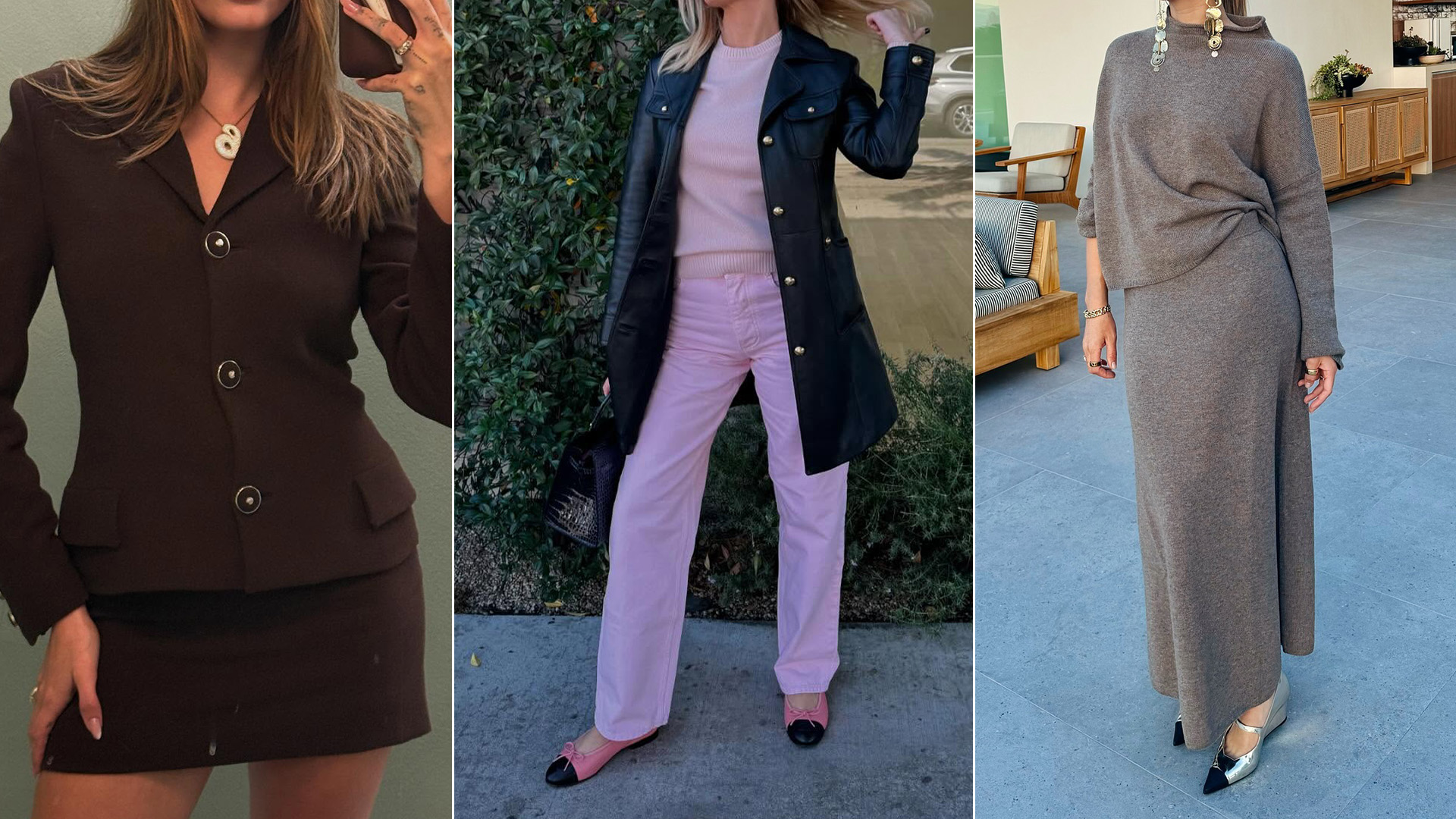Shopping for clothes is starting to look very different than it used to.
The pandemic has accelerated the adoption of e-commerce, with online sales of apparel, accessories, and footwear hitting $180.5 billion in 2021–and estimates of the industry increasing to $295.7 billion by 2025, according to data from Statista. That growth will likely be propelled by innovations that help consumers shop smarter, more sustainably, and in a more personalized way.
Here are a few ways that companies are already transforming the fashion world through new digital developments.
1. Enabling virtual try-ons
More online clothing orders means more returns–that creates a serious sustainability problem, both financially and environmentally, says Whitney Cathcart, 55, co-founder of 3D Look, the San Mateo, California-based B2B A.I.-powered virtual try-on company. Founded in 2018, 3D Look allows online shoppers to create a custom avatar by submitting 2-D photos. With their avatar, they receive customized fit and sizing recommendations. The goal, Cathcart says, is to help people buy clothes that they know will actually fit and look good, even when there’s not a fitting room in sight. “We compute over 86 measurement points on the human body, and that becomes the basis for our size recommendations,” she says.
Today, 3D Look has about 100 customers, including fashion brands like 1822 Denim and Dickies, and has raised about $15 million in funding. The biggest challenge to growing, Cathcart says, is hiring more salespeople and bringing on more customers. But she’s confident demand will only increase. “If you think about how we’re going to be shopping in a decade, we’re not going to be sitting on our computers, wondering what our size is–items will be served to us in 3-D,” she says. “Digital transformation over the next five to 10 years will be mesmerizing.”
2. Helping brands assess demand
How do you avoid having a bunch of unsold inventory at the end of a season? Knowing exactly what your customers want and getting a better understanding of how to not over- or undercompensate for demand. FashWire, a Seattle-based shopping app founded in 2018, aims to do that by gamifying the shopping experience for the customer. Users can discover clothing and accessories from more than 400 global brands and designers and vote on whether they like them or not with buttons not unlike those you’d find on a dating app. The data pulled from these user interactions is shared with the designers on the site, who use it to better understand customer preferences, allowing them to drive conversion on their own websites. FashWire collects a 15 percent affiliate commission from purchases that are driven by the platform, and it does not charge designers to sign up.
FashWire also claims its technology makes for a better user shopping experience. “Our visual A.I. capabilities provide accurate recommendations based on past user behavior and interests, and we also utilize A.I. to continuously improve our search and discoverability tools across our platform,” says founder and CEO Kimberly Carney, 53.
3. Making shopping more personal
Shopping fatigue is something that 52-year-old Julie Bornstein, founder and CEO of San Francisco-based shopping app The Yes, has personally felt. The e-commerce veteran founded her company in 2018 to help customers find the clothing they actually want without having to sift through pages and pages of search results. Users take a style quiz when they sign up to the platform, and the more they interact with the platform, the better it understands their style, thanks to machine learning. The Yes features items from hundreds of contemporary brands, and only shows users items that are available in their size, among other qualitative characteristics. Basically, it results in a highly personal shopping experience. “We add about 500 attributes to each product that comes in from a brand’s catalog so that we understand the product,” Bornstein says. “Then, we use A.I. to understand the consumer.”
The Yes takes 25 percent from each sale on the site, and doesn’t require brands to pay sign-up or stocking fees–so it’s not quite a competitor for large retailers like Shopbop or Nordstrom (where Bornstein worked on e-commerce for five years). To date, the company has raised about $30 million.
4. Creating a more circular fashion system
Most people tend to wear a small fraction of their closet, says Nicole Kobilansky, 36, CEO and co-founder of the San Francisco-based fashion app Storey. When she launched the app in 2021, her goal was to get people to rediscover the clothing and accessories they already own, while simultaneously making it easier for them to resell items they’re ready to part with. Users create digital versions of their wardrobes by manually uploading photos of items or using the app’s artificial intelligence capabilities to scan their email for online clothing purchases. From there, they can collage outfits, resell items, and post outfit photos, in which items are automatically tagged–giving users valuable data on which items of clothing they wear the most frequently.
The company raised an angel round while in Techstars in January 2021, and is currently raising pre-seed capital. Storey is pre-revenue, but Kobilansky is exploring different business models, potentially taking a cut of each resale that happens on the app, or recommending secondhand items from third-party reselling sites and taking an affiliate fee on those purchases. “This is a way for us to help encourage people to shop secondhand whenever possible,” Kobilansky says.



.jpg)
